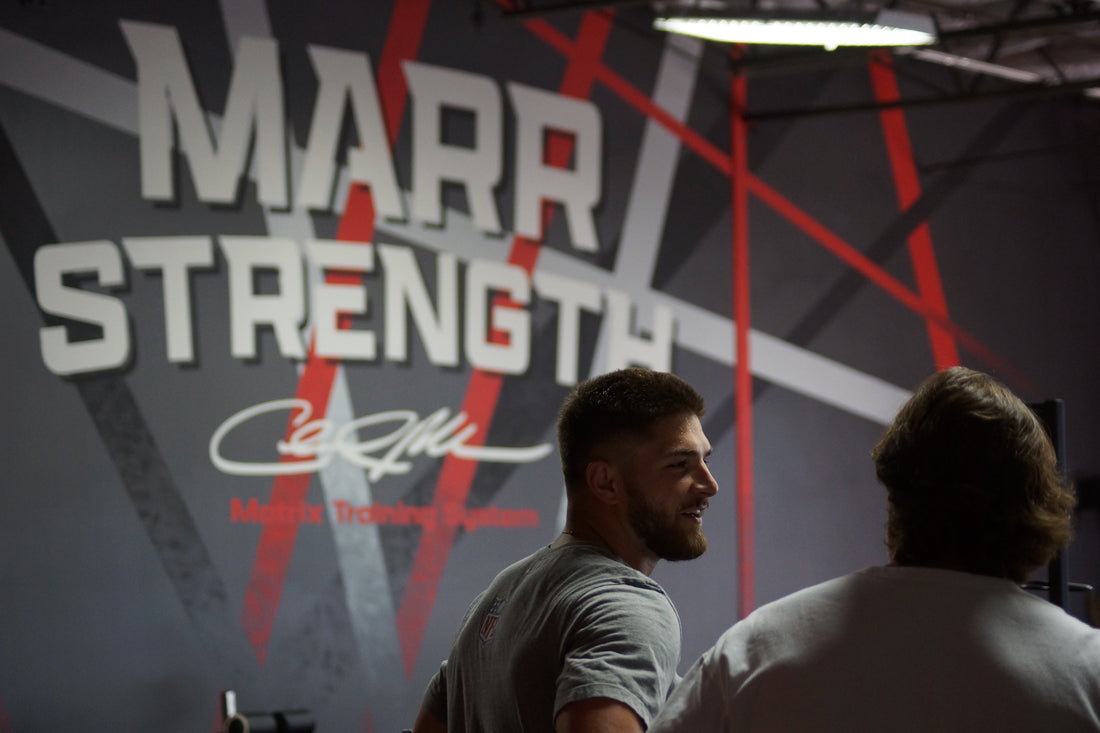
MARR Strength: Why Training Needs a New Paradigm
Share
The Problem with Traditional Strength Metrics
The training industry has long defined strength in narrow terms, focusing primarily on maximum loads and hypertrophy. While these metrics have their place, they don’t tell the full story. Strength is about much more than how much weight you can lift or the size of your muscles. In fact, relying solely on these measures often leads to imbalances, poor movement mechanics, and even injuries, especially for athletes.
Traditional approaches, such as max effort lifts or machine-based hypertrophy programs, often neglect the essentials: joint integrity, intermuscular coordination, and functional movement patterns. These systems train the body in isolation, creating asymmetries and leaving stabilizing muscles underdeveloped. The result? Strength that doesn’t translate to the field, court, or everyday life.
The Need for a Holistic Approach
True strength lies in the ability of the body to function as a cohesive unit. Intermuscular coordination, or how muscles work together to stabilize and produce movement, is rarely discussed but is critical to performance and injury prevention. A squat, for example, is not just about how much weight you can move—it’s about how well your adductors, glutes, low spine stabilizers, and VMO coordinate to produce an efficient, symmetrical movement.
A holistic approach to training prioritizes balance, alignment, and movement quality. This involves addressing weak links in the kinetic chain and promoting joint stability to ensure that strength gained in the gym carries over to sport and daily life.
Why a Training Curriculum Matters
Most training programs lack a curriculum, a structured and disciplined progression that builds a solid foundation. The focus often shifts to high-intensity lifts without teaching the basics, leaving athletes prone to breakdowns. A proper training curriculum emphasizes the fundamentals: developing symmetry, enhancing movement integrity, and building strength gradually with discipline.
For example, the Matrix training system focuses on integrating the entire body, allowing athletes to develop functional strength that supports performance and reduces the risk of injury. The mantra, “A structure cannot exceed the strength of its foundation,” encapsulates the need to build strength from the ground up.
Conclusion
It’s time to redefine strength and training. By moving beyond max lifts and hypertrophy, and instead emphasizing intermuscular coordination, joint integrity, and a curriculum-based approach, athletes can achieve sustainable, functional strength. Redefine your training to create a body that’s not just strong but balanced, resilient, and ready for anything.
Go to our online training platform BoxMatrix to gain free access to training resources! Click Here
